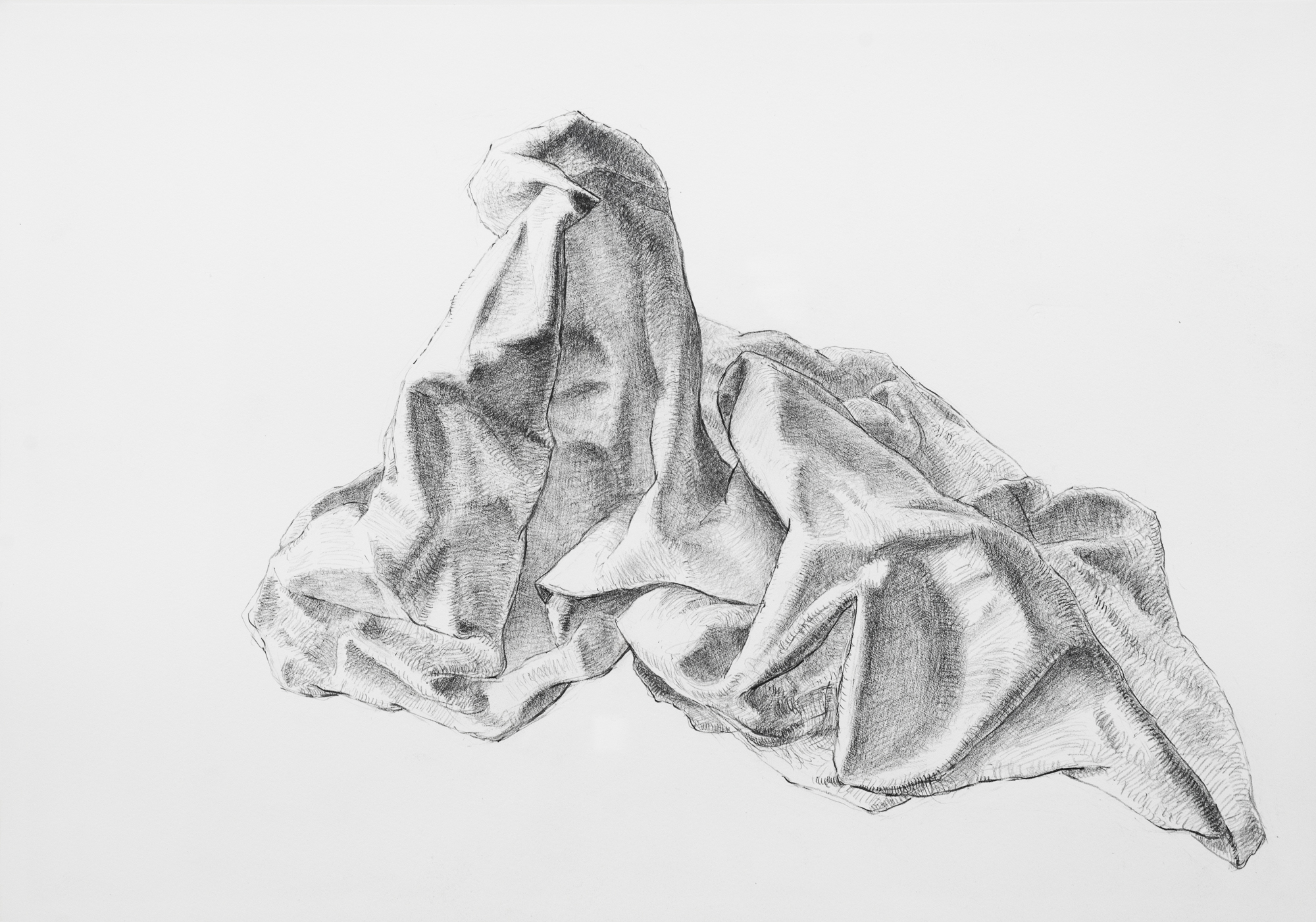Artist’s statement for From three, the ten thousand things

Some of my fondest memories from childhood are of leafing through the books on Chinese art that my paternal grandmother used to send us. It was on her side of the family that we have Chinese ancestry, so she was keen for her grandchildren to keep a sense of that connection. I didn’t understand the scenes that I looked at, and perhaps in many important ways still don’t, but the sense of space and of time in traditional Chinese landscape painting — and in scroll paintings in particular — have stayed with me. Scroll paintings read from right to left, and often have a narrative, though without the hard demarcation of a comic strip. Instead, both time and space are fluid, with solid forms themselves often emerging from the activated space of the background.
I have always had a certain feeling about space and time, which is bound up with a certain sense of form and colour as well. Astronomy has always fascinated me, as has geology: these are both sciences that are inseparably bound up with notions of time as well as space. To someone accustomed to reading left to right, reading a scroll painting feels like going backwards in time; the light from distant stars reaches us in a kind of perpetual present that is also in a sense from a remote past; and the earth is constantly refolding itself, revealing and concealing its history, much as a scroll painting can only be partially viewed at any moment.
It’s only in recent years that I have started to learn Chinese and to read (in translation) works such as the Dao De Jing and the Zhuangzi. The theme of the union of opposites — or what we might better call correlatives — have resonated with me. The sense of apparent paradox leading to an insight has parallels with the representation of space and time in images: images are inherently paradoxical, with an illusion emerging from a flat surface. The image is motionless, but has a sense of its own time, connected with that of you as the viewer, just as a mountain seems immobile, but is in fact constantly flowing and shifting, changing before our eyes, if only we slow down enough to observe it.
